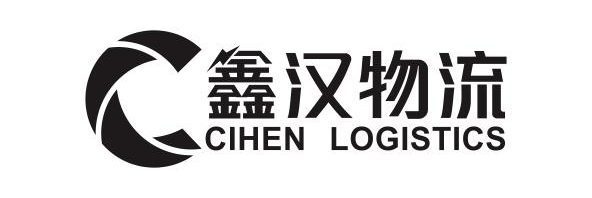If you are looking to get an offer for your shop from management, what valuation you are looking for and how you handle key transaction terms in the early stages of negotiations will be crucial.
If your brand is ready for sale, you can’t miss today’s article!
If you are selling a brand for the first time, it is a good idea to consider being represented by a broker/consultant. The benefit of this is that at a cost, you will be able to communicate more efficiently, and you will also be able to sort through the data.
- Prepare complete historical financial, operational and legal documents related to the brand.
It’s like someone buying your house and you need to clean your room first. It is important to present the value points of the property you are selling to the buyer as completely as possible. The acquirer or broker will have a financial template to provide, which will help you better organize your data, facilitate your contact with the buyer, and make your sale process faster and more efficient.
- Preliminary conference call between buyer and seller
Before inviting potential buyers to view your store, both parties need to have a preliminary understanding of each other, usually in the form of a telephone meeting or questionnaire. The buyer needs to quickly grasp the information related to brand valuation in a very short time, and form a preliminary analysis of the brand, and at the same time, discuss and conduct in-depth research in the buyer’s internal investment committee.
Due to time constraints, questions related to the store that were not asked during the meeting will be discussed by the Buyer with the Investment Decision Committee after the meeting. (that is, the department that decides whether to proceed with the project)
2 minutes to learn about the super full Amazon brand sales guide!
(Credit: Rainforest Singapore Corporation)
- Letter of Intent (LOI) required
A LOI is like an “OFFER” for an employee, with a rough price and a framework for the deal. A non-binding LOI, which usually leaves room for both parties to walk away from a deal and is usually non-committal, is usually provided after the buyer’s due diligence team has completed a risk assessment of the seller’s store. Often, the terms agreed upon in a non-binding LOI may be modified due to negative/positive findings during due diligence.
This means that the expressions of interest you expect from interested buyers are likely to include radical reshuffling terms that you will need to re-evaluate. Depending on the economic attractiveness of the seller’s store and other considerations important to the buyer, the acquisition will be completed within a communicated time frame.
- Price negotiation and contract signing
Negotiation is a part of any transaction process, just like we face sunrise and sunset every day.
The reasons why new sellers like you need to be aware of the key transaction terms of LOI are:
(1) Obtain the best terms that are in your best interest;
(2) Understand the variables you may encounter;
(3) To improve the success rate of transaction.
Let’s find out more
Transaction method: Asset Purchase Agreement (APA) or Equity Purchase Agreement (SPA). The main difference between APA and SPA is that in APA, only store assets are purchased and are clearly listed in the final agreement. Instead of introducing the differences between the two protocols in more detail, I will only introduce APA, which is currently used a lot in brand acquisition.
Key considerations in the transaction (i.e., the main factors that affect the valuation of the store)
